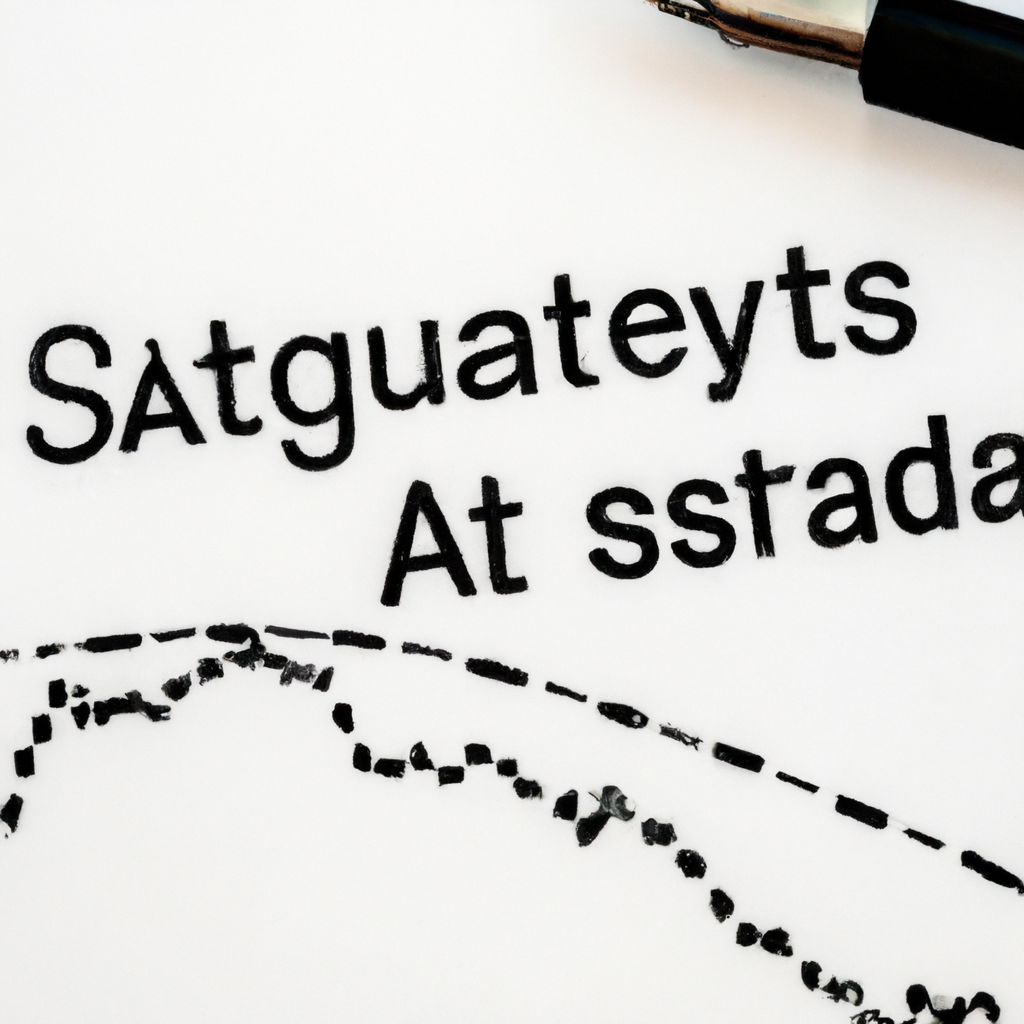Algorithmic Strategies in Technical Analysis
Introduction
Technical analysis is a widely used approach in financial markets to predict future price movements based on historical data. Over the years, advancements in technology have given rise to algorithmic strategies in technical analysis. These strategies utilize complex mathematical models and algorithms to analyze vast amounts of data and generate trading signals. In this article, we will explore some popular algorithmic strategies used in technical analysis.
Moving Averages
One of the fundamental algorithmic strategies in technical analysis is the use of moving averages. Moving averages smooth out price data over a specified period, allowing traders to identify trends and potential reversal points. Common types of moving averages include Simple Moving Average (SMA) and Exponential Moving Average (EMA). Traders often use crossovers between different moving averages as signals to buy or sell.
Relative Strength Index (RSI)
The Relative Strength Index (RSI) is another popular algorithmic strategy used in technical analysis. RSI is a momentum oscillator that measures the speed and change of price movements. It ranges from 0 to 100, with values above 70 indicating overbought conditions and values below 30 indicating oversold conditions. Traders often use RSI to identify potential trend reversals and generate buy or sell signals.
Bollinger Bands
Bollinger Bands are a widely used algorithmic strategy that helps traders identify volatility and potential price breakouts. Bollinger Bands consist of a simple moving average and two standard deviation lines. The distance between the bands expands and contracts based on market volatility. When prices move close to the upper band, it suggests overbought conditions, while prices near the lower band indicate oversold conditions. Traders often use Bollinger Bands to identify potential entry or exit points.
MACD (Moving Average Convergence Divergence)
MACD is a popular algorithmic strategy that combines moving averages to identify potential trend reversals and generate buy or sell signals. It consists of two lines, the MACD line and the signal line. When the MACD line crosses above the signal line, it generates a bullish signal, indicating a potential buy opportunity. Conversely, when the MACD line crosses below the signal line, it generates a bearish signal, indicating a potential sell opportunity.
Fibonacci Retracement
Fibonacci retracement is an algorithmic strategy based on the Fibonacci sequence, a mathematical sequence where each number is the sum of the two preceding ones. Traders use Fibonacci retracement levels to identify potential support and resistance levels in a price chart. The common retracement levels are 23.6%, 38.2%, 50%, 61.8%, and 78.6%. These levels are often used to determine potential entry or exit points.
Conclusion
Algorithmic strategies have revolutionized technical analysis by enabling traders to analyze vast amounts of data and generate trading signals quickly. Moving averages, RSI, Bollinger Bands, MACD, and Fibonacci retracement are just a few examples of the many algorithmic strategies used in technical analysis. It’s important to note that no strategy guarantees success in the financial markets, and traders should always combine algorithmic strategies with proper risk management and market analysis.

